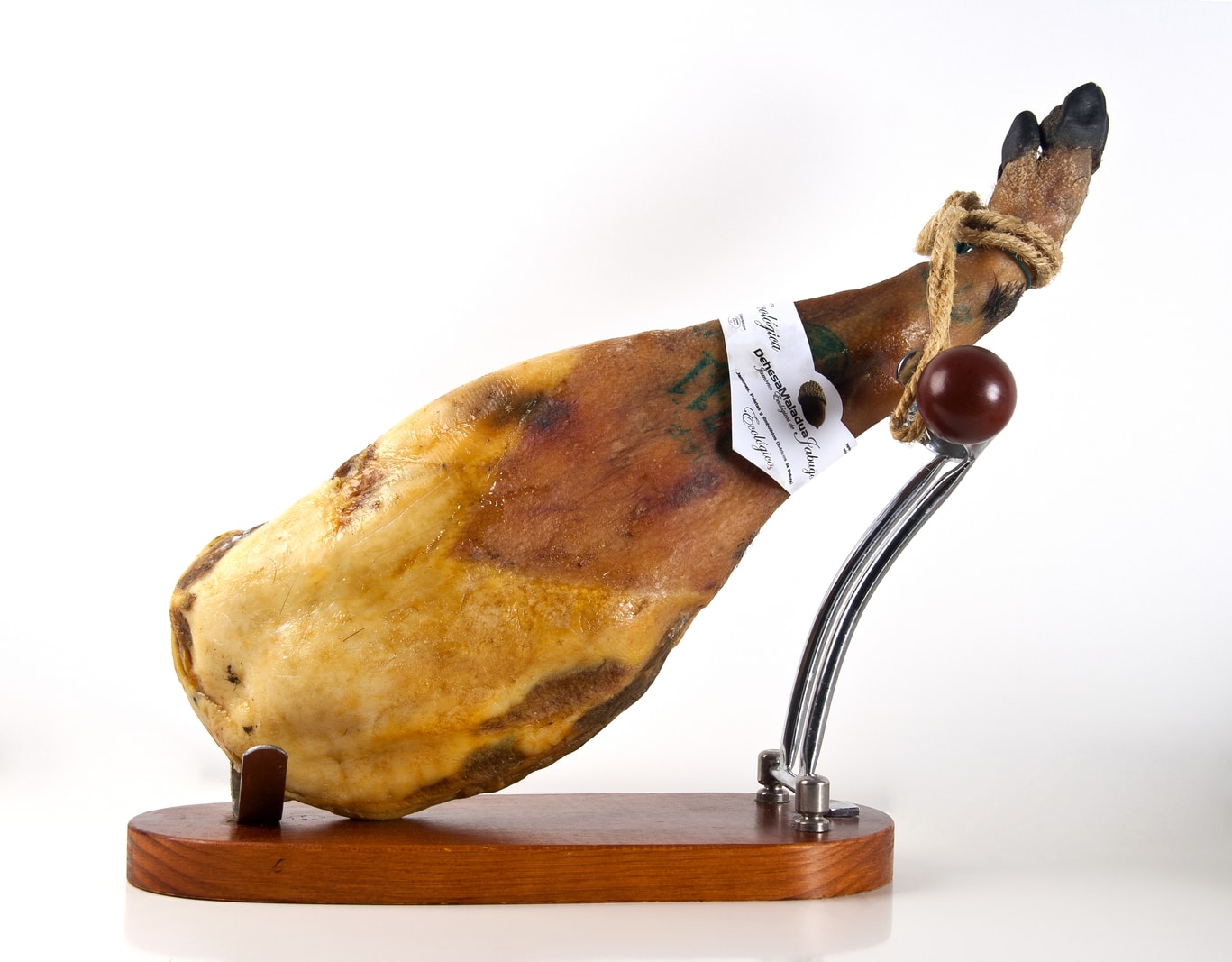

Articles
How To Store Serrano Ham
Modified: December 7, 2023
Learn the best methods of storing serrano ham in this informative article. Preserve the rich flavor and texture of this Spanish delicacy with our expert tips and recommendations.
(Many of the links in this article redirect to a specific reviewed product. Your purchase of these products through affiliate links helps to generate commission for Storables.com, at no extra cost. Learn more)
Introduction
Serrano ham is a delicious and highly prized delicacy that originates from Spain. With its rich flavor and distinctive aroma, it is no wonder why serrano ham holds a special place in the hearts of food enthusiasts worldwide. Whether you are a professional chef or simply a lover of good food, knowing how to properly store serrano ham is essential in order to preserve its quality and taste.
In this article, we will delve into the fascinating world of serrano ham storage and provide you with valuable tips and guidelines on how to ensure its freshness and longevity. From choosing the right storage location to maintaining the ideal temperature and humidity levels, we will cover everything you need to know to store your serrano ham properly.
So, grab yourself a slice of serrano ham, sit back, and let’s dive into the world of serrano ham storage!
Key Takeaways:
- Properly storing serrano ham is crucial for preserving its rich flavor and texture. Choosing the right location, preparing, packaging, and monitoring the ham’s condition are essential steps for a delightful culinary experience.
- Patience is key when storing serrano ham, as it takes time to mature and develop its distinct flavors. By following proper storage techniques, you can savor the exquisite taste of this prized delicacy for months or even years to come.
Read more: How To Store Iberico Ham
Choosing the right storage location
When it comes to preserving the quality of serrano ham, selecting the right storage location is of utmost importance. The environment in which the ham is stored can greatly impact its flavor, texture, and overall condition. Here are some key factors to consider when choosing the perfect storage location for your serrano ham:
- Avoid direct sunlight: Sunlight can cause the fats in the ham to melt and spoil, resulting in a degraded taste and texture. Find a storage location that is shielded from direct sunlight, such as a pantry or cellar.
- Low humidity: Excessive moisture can encourage the growth of mold and bacteria, leading to spoilage. It is important to choose a storage location with low humidity levels, ideally around 60-70%. This will help prevent the ham from drying out too quickly or becoming overly moist.
- Good ventilation: Air circulation is key to preventing the growth of mold and ensuring that the ham dries evenly. Look for a storage location that provides adequate ventilation, allowing fresh air to circulate around the ham.
- Absence of strong odors: Serrano ham is known for its delicate and complex flavors, which can easily be influenced by strong odors. Avoid storing the ham near pungent substances such as cleaning agents, spices, or other strong-smelling foods.
- Stable temperature: Fluctuations in temperature can negatively impact the quality of the ham. Aim for a stable storage temperature between 55-68°F (13-20°C). Avoid storing the ham in places that experience extreme temperature changes, such as near ovens or refrigerators.
By considering these factors and finding a suitable storage location that meets these criteria, you can ensure that your serrano ham stays in optimal condition and retains its delicious flavors.
Preparing the serrano ham for storage
Before you can store your serrano ham, it is important to properly prepare it to ensure optimal preservation. Here are some essential steps to follow when preparing your serrano ham for storage:
- Clean the ham: Start by cleaning the surface of the ham. Use a clean, damp cloth to remove any visible dirt or debris. Be gentle to avoid damaging the ham’s outer layer.
- Trim excess fat: It is recommended to trim any excess fat from the serrano ham before storing it. Fat can spoil more quickly than the meat and can attract pests. Carefully trim away any thick layers of fat, leaving a thin, even coating on the ham.
- Inspect for mold: Check the ham for any signs of mold. If you notice any mold growth, use a clean cloth soaked in vinegar to gently wipe it away. Vinegar helps to kill and prevent the growth of mold without affecting the taste of the ham.
- Seal any exposed areas: If you have removed the ham from its original packaging or if there are any exposed areas, be sure to seal them properly. You can use plastic wrap or a food-grade vacuum sealer to tightly seal the ham and protect it from exposure to air and moisture.
- Label and date: To keep track of the storage time, it is helpful to label and date the packaging. This will allow you to easily identify the age of the ham and ensure that you consume it within the recommended time frame.
By following these steps, you can ensure that your serrano ham is properly prepared for storage and is ready to be stored in optimal conditions.
Wrapping and packaging the serrano ham
Properly wrapping and packaging your serrano ham is crucial in maintaining its freshness and preventing it from drying out or becoming contaminated. Here are some guidelines on how to wrap and package your serrano ham for storage:
- Use breathable wrapping: It is important to use a wrapping material that allows the ham to breathe. Avoid using airtight or plastic wraps, as these can trap moisture and lead to spoilage. Instead, opt for a breathable material such as butcher paper or muslin cloth.
- Wrap the ham tightly: Start by placing the ham in the center of the wrapping material. Fold the sides of the material over the ham and secure it tightly using kitchen twine or rubber bands. Make sure the ham is fully covered and there are no exposed areas.
- Consider using a ham holder: If you have a ham holder or a special serrano ham stand, it can be beneficial to use it during the wrapping and packaging process. This will help stabilize the ham and make it easier to wrap tightly and securely.
- Protect against pests: Pests such as insects and rodents can pose a threat to the stored ham. To protect against these intruders, you can place the wrapped ham inside a clean, sealed plastic or metal container. This will provide an additional layer of protection against pests.
- Store in airtight bags or containers (optional): If preferred, you can choose to store the wrapped ham in airtight bags or containers. This can help maintain the ham’s moisture levels and prevent it from drying out. However, it is important to ensure that the ham is fully wrapped and protected before placing it in an airtight container to prevent condensation.
By following these wrapping and packaging guidelines, you can ensure that your serrano ham remains properly protected and maintains its quality throughout the storage period.
Store Serrano ham in a cool, dry place away from direct sunlight. Wrap it in a clean cloth or muslin and store it in a breathable ham bag or airtight container to prevent it from drying out.
Finding the ideal storage temperature and humidity
Temperature and humidity play a crucial role in the preservation of serrano ham. Finding the ideal storage conditions is essential to maintain the quality and flavor of the ham. Here are some guidelines for determining the optimal temperature and humidity levels for storing serrano ham:
- Temperature: The ideal storage temperature for serrano ham is between 55-68°F (13-20°C). This temperature range allows the ham to slowly dry and develop its unique flavors. Avoid storing the ham in locations with extreme temperature fluctuations, as this can negatively impact the ham’s quality.
- Humidity: Serrano ham requires a controlled humidity level to prevent it from drying out or becoming too moist. The recommended humidity range for storage is around 60-70%. This range helps maintain the ham’s moisture content and texture. Too low humidity can cause the ham to dry out quickly, while high humidity can promote mold growth.
- Using a cellar or refrigerator: If available, a cellar or a dedicated refrigerator can provide the ideal storage environment for serrano ham. Cellars typically provide stable temperature and humidity levels, while refrigerators with specialized curing settings can recreate the optimal conditions for storing the ham.
- Humidity control devices: In cases where the storage location does not provide the desired humidity levels, you can use humidity control devices like a hygrometer or humidifier. These tools help monitor and adjust the humidity in the storage space to ensure the ham stays in optimal condition.
- Regular monitoring: It is important to regularly check the temperature and humidity levels in the storage area. This helps identify any changes or fluctuations that may impact the ham’s quality. Make adjustments as necessary to maintain the desired storage conditions.
By maintaining the proper temperature and humidity levels, you can ensure that your serrano ham ages gracefully and develops its characteristic flavors.
Read more: How To Store Jamon Serrano
Storing the serrano ham
Now that you have prepared and packaged your serrano ham, it’s time to store it in the ideal environment to ensure its optimal preservation. Here are some guidelines for storing your serrano ham:
- Choose the right storage location: Place the wrapped serrano ham in a cool and dry area, away from direct sunlight. A pantry or cellar with a stable temperature and low humidity is ideal for storage. Ensure there is good ventilation in the area to allow for air circulation around the ham.
- Keep it away from strong odors: Serrano ham is highly absorbent and can easily pick up surrounding odors. Store the ham away from strong-smelling substances such as spices, cleaning agents, or other pungent foods. This will help preserve the ham’s delicate flavors.
- Store it horizontally: Place the serrano ham on a flat surface, preferably a ham holder or rack, in a horizontal position. This allows for an even distribution of moisture and flavors throughout the ham as it ages.
- Avoid constant movement: Once the ham is stored, it is important to minimize movement to prevent any damage or disruption to the aging process. Avoid moving or shifting the ham unnecessarily, as this can affect its texture and flavor development.
- Check for mold or signs of spoilage: Regularly inspect the ham for any signs of mold or spoilage. If you notice any mold growth or unusual odors, take immediate action to address the issue. Remove any mold with a cloth soaked in vinegar and monitor the ham closely.
- Be patient: Serrano ham is typically aged for several months or even years. During the storage period, be patient and allow the ham to slowly develop its flavors. Resist the temptation to cut into it too soon, as the best results come with time.
By following these guidelines and paying attention to the storage conditions, you can ensure that your serrano ham ages gracefully and provides you with the best possible culinary experience.
Checking and maintaining the ham during storage
While your serrano ham is in storage, it is important to periodically check on its condition to ensure that it is aging properly and to address any potential issues that may arise. Here are some steps to follow for checking and maintaining your ham during storage:
- Inspect for mold: Regularly examine the surface of the ham for any signs of mold growth. If you notice any mold, gently wipe it away with a cloth soaked in vinegar. Ensure that the ham is fully dry before returning it to storage to prevent further mold development.
- Check for excessive moisture: Serrano ham should have a slightly firm and dry texture. If you find that your ham is becoming overly moist or sticky, it may be a sign of high humidity. Adjust the storage conditions if necessary to maintain a balanced moisture level.
- Monitor the aroma: A well-aged serrano ham should have a pleasant and distinctive aroma. If you notice any unpleasant or off-putting smells, it could indicate spoilage or improper storage conditions. Take immediate action to identify and address the issue.
- Rotate the ham: If you have multiple serrano hams stored, rotate them occasionally to ensure even aging. This helps to distribute the flavors and allows each ham to receive equal exposure to the surrounding environment.
- Re-wrap if necessary: Over time, the original wrapping material may become worn or lose its effectiveness. If you notice any damage or signs of air exposure, re-wrap the ham in a fresh layer of breathable wrapping material to protect it from oxidation and moisture.
- Document storage time: Keep track of the storage time for each ham to ensure you consume them within the recommended period. Labeling the packaging with the start date can help you monitor and plan the consumption of your serrano hams.
Regularly checking and maintaining your serrano ham during storage will help ensure that it ages properly and maintains its quality. By taking proactive measures, you can enjoy the full flavors and textures of your perfectly preserved ham.
Conclusion
Properly storing serrano ham is essential to preserve its flavor, texture, and overall quality. By following the guidelines outlined in this article, you can ensure that your serrano ham ages gracefully and provides you with a delightful culinary experience.
Choosing the right storage location, preparing the ham for storage, wrapping and packaging it correctly, and finding the ideal storage temperature and humidity are all critical factors in maintaining the ham’s freshness and taste. Regularly checking and maintaining the ham during storage helps detect any potential issues and address them promptly.
As you embark on your journey of storing serrano ham, remember the importance of patience. Serrano ham is a product that takes time to mature and develop its distinct flavors. Resisting the temptation to cut into it prematurely will reward you with a rich and flavorful experience.
Whether you are a gourmet chef or a food enthusiast, the art of storing serrano ham is a valuable skill to possess. With proper storage techniques, you can savor the delicious flavors of this prized delicacy for an extended period.
So, take the time to select the right storage location, prepare and wrap the serrano ham carefully, monitor the temperature and humidity levels diligently, and regularly check and maintain its condition. By doing so, you will be able to enjoy the exquisite taste of your well-preserved serrano ham for months or even years to come.
Remember, each slice of serrano ham is a testament to tradition, craftsmanship, and the rich culinary heritage of Spain. With proper storage, you can savor every bite and create memorable moments around this exceptional delicacy.
Frequently Asked Questions about How To Store Serrano Ham
Was this page helpful?
At Storables.com, we guarantee accurate and reliable information. Our content, validated by Expert Board Contributors, is crafted following stringent Editorial Policies. We're committed to providing you with well-researched, expert-backed insights for all your informational needs.
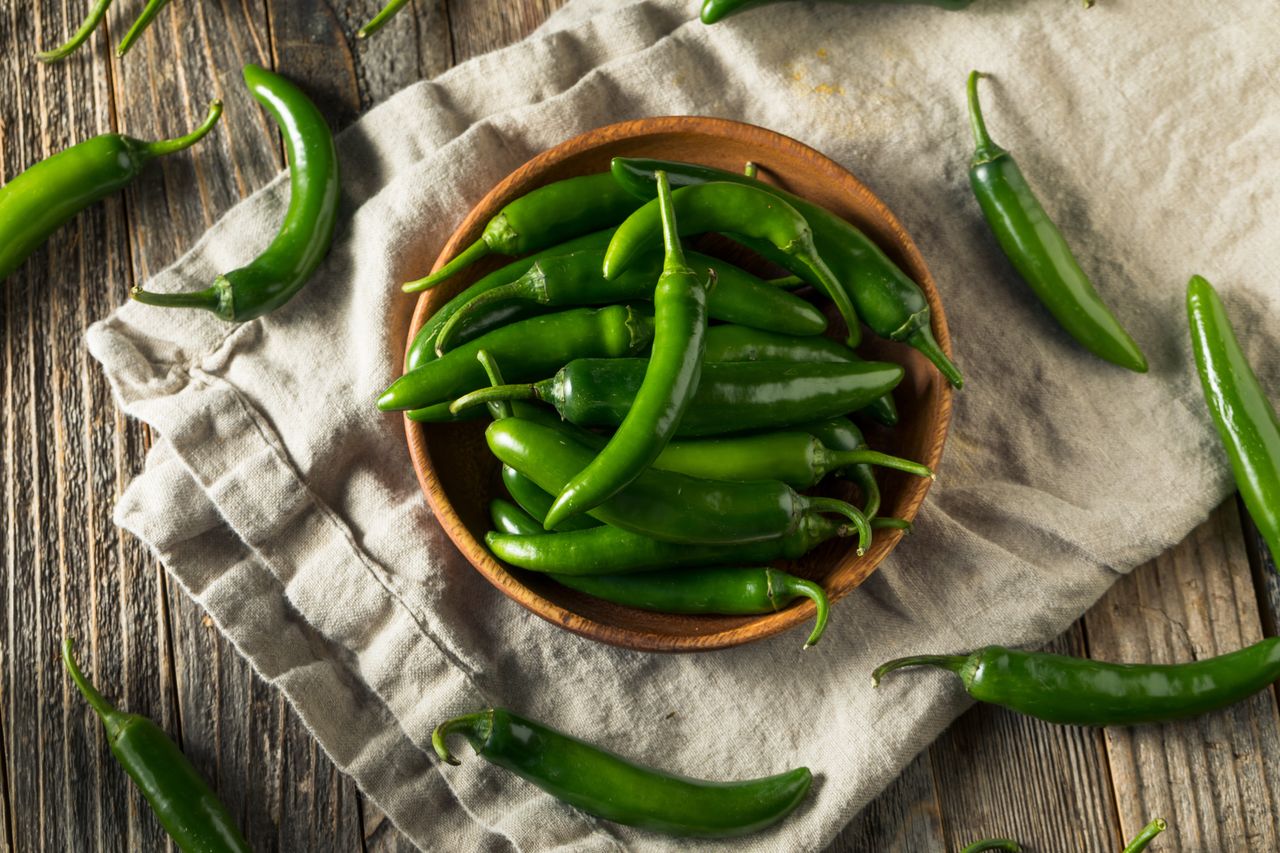
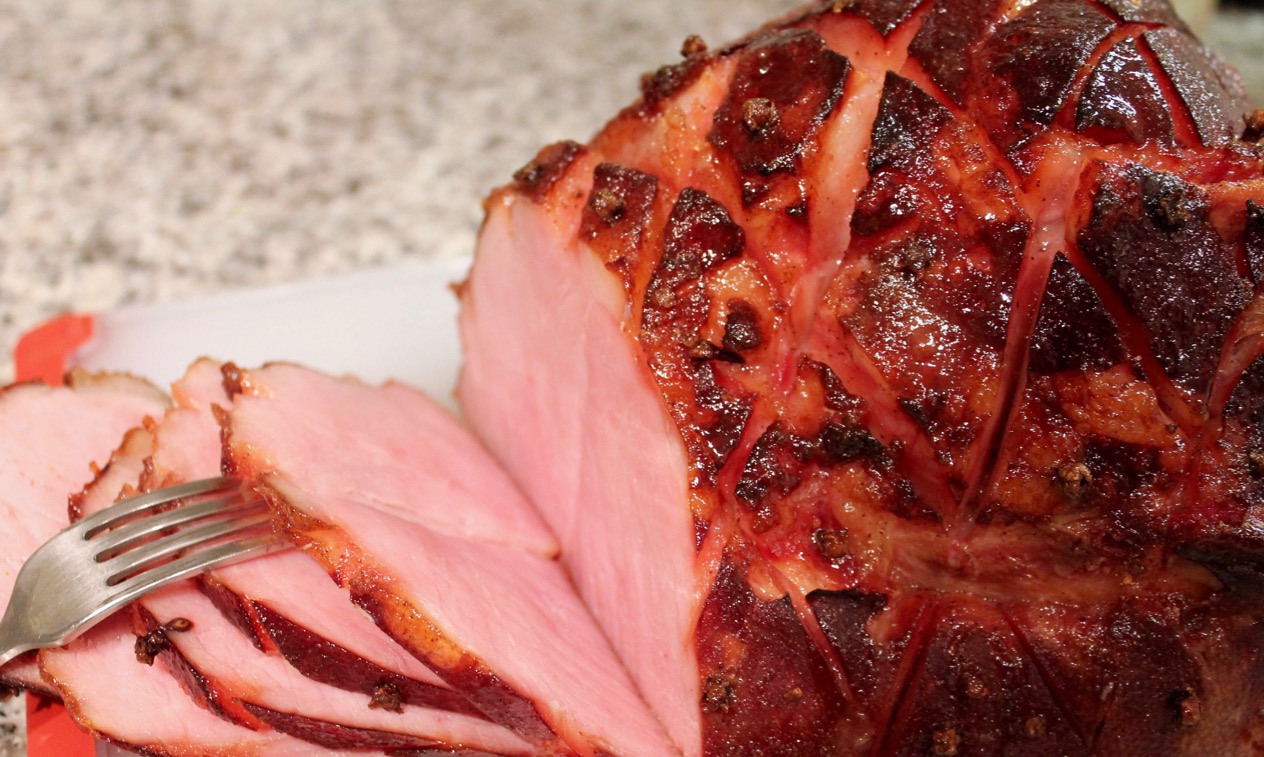

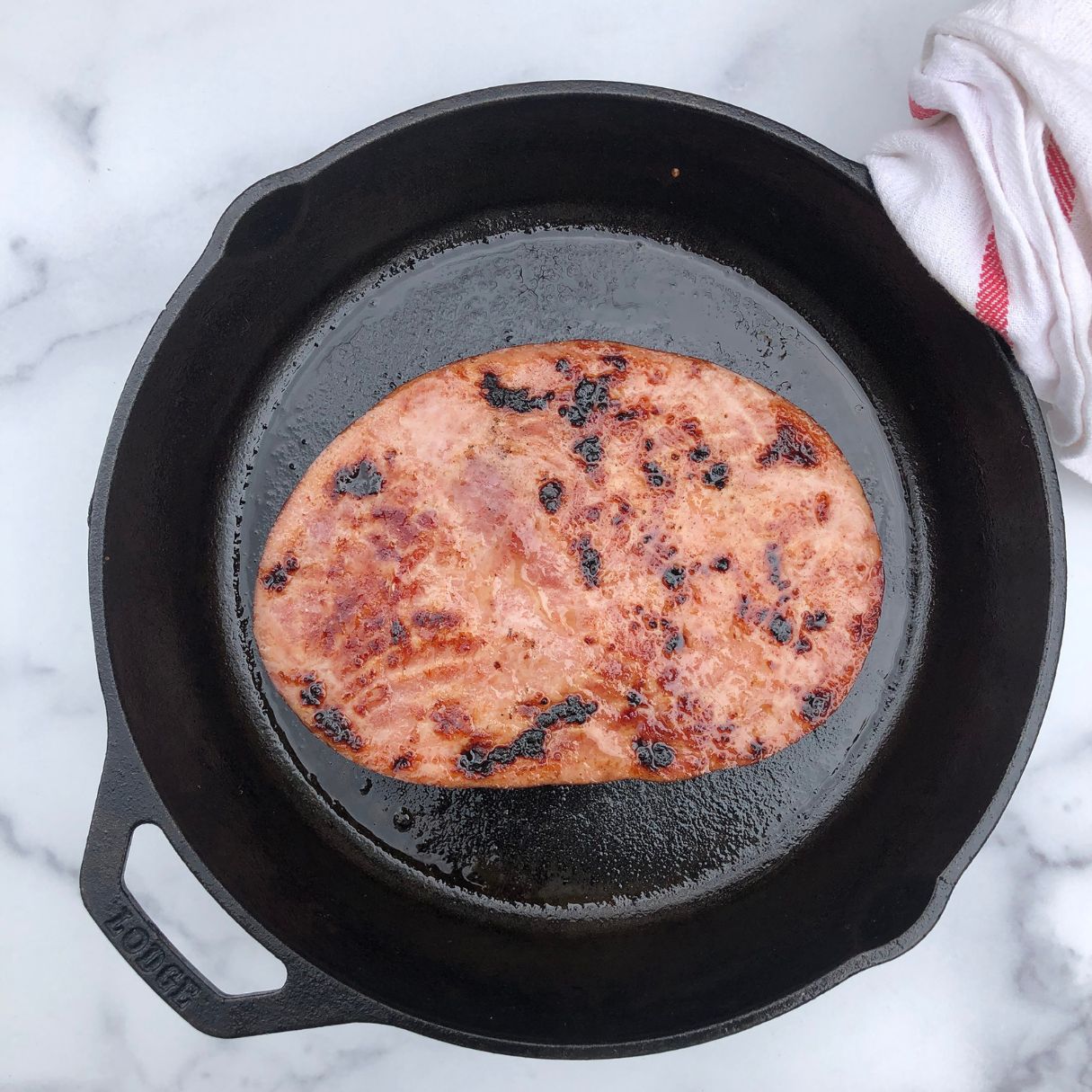
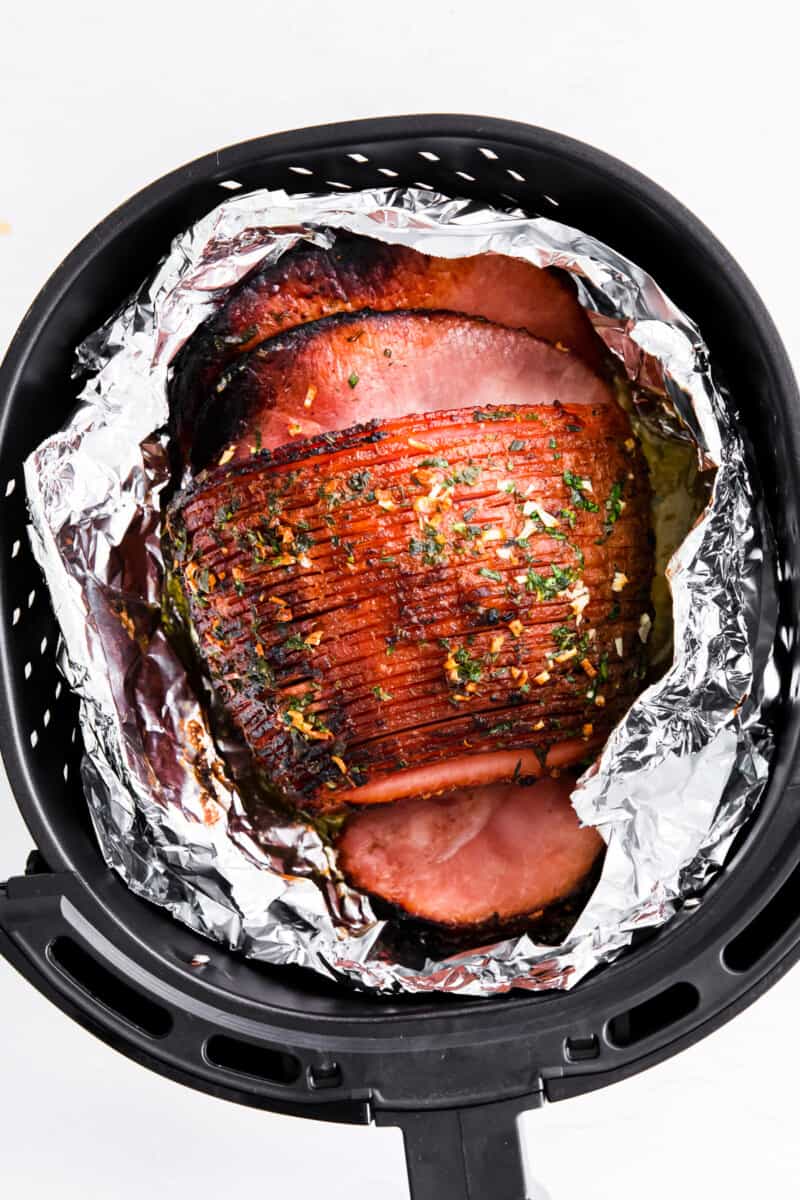


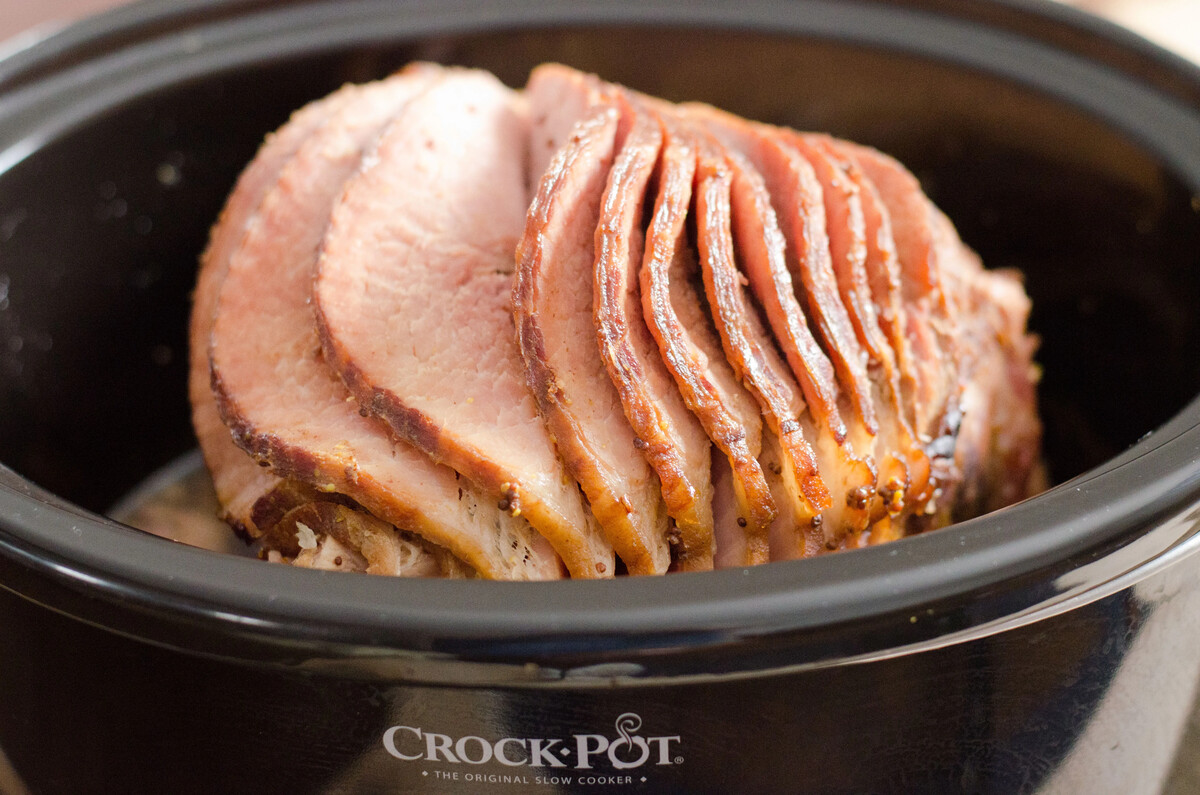

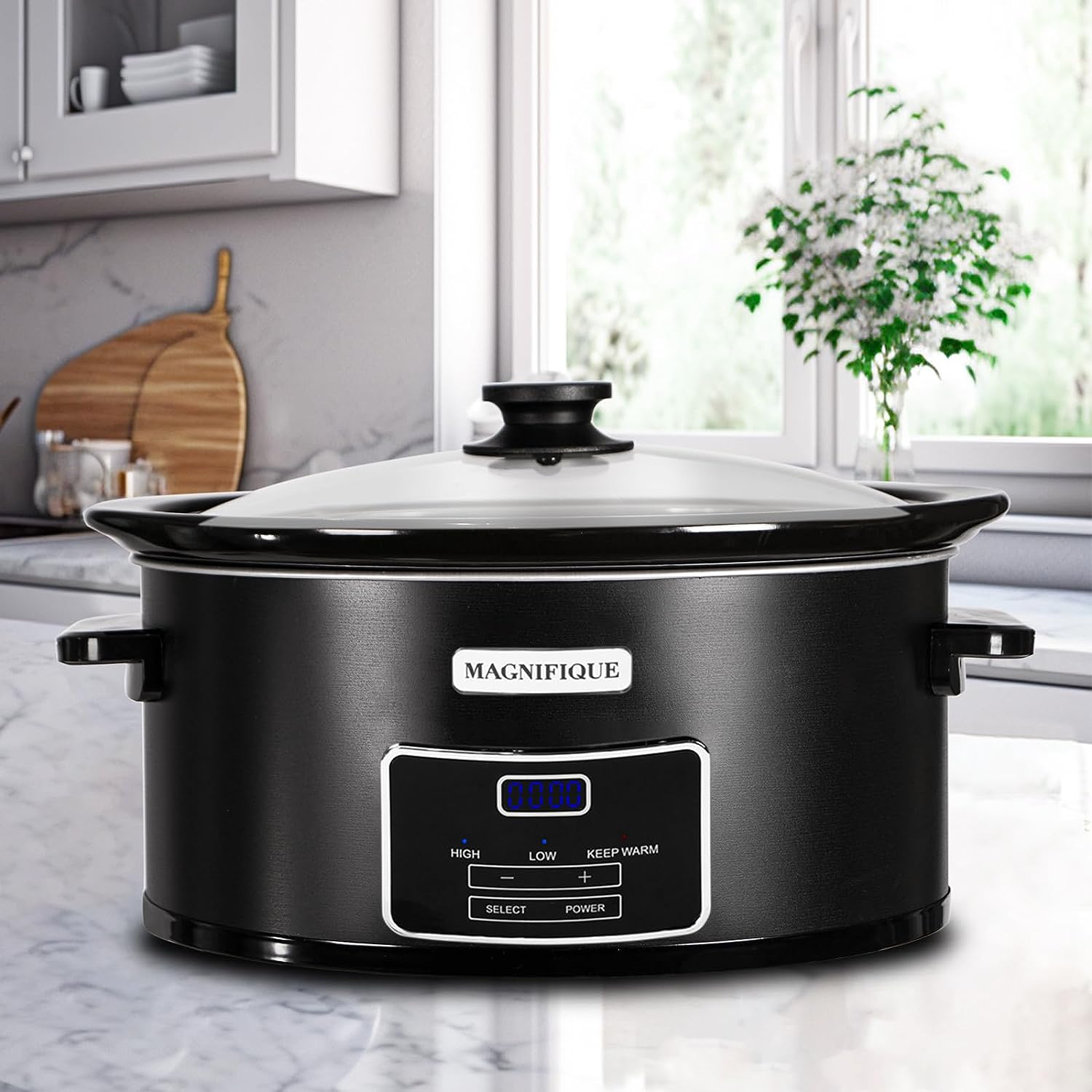
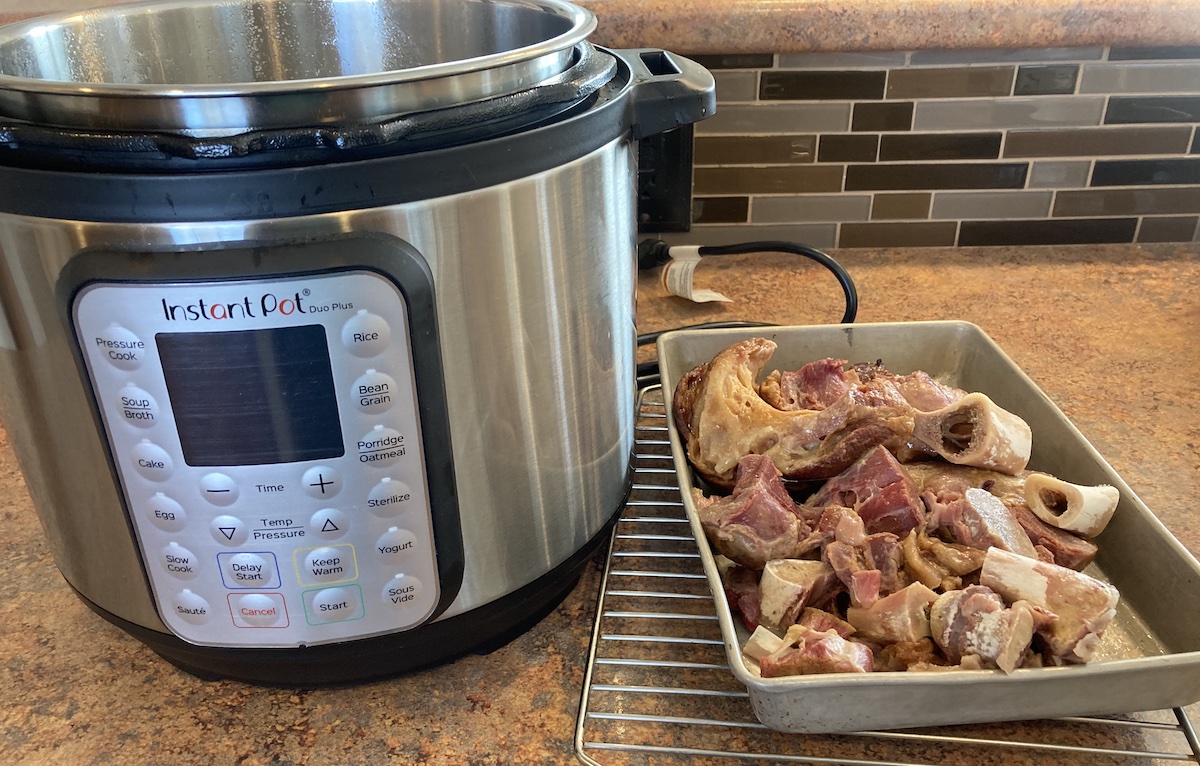
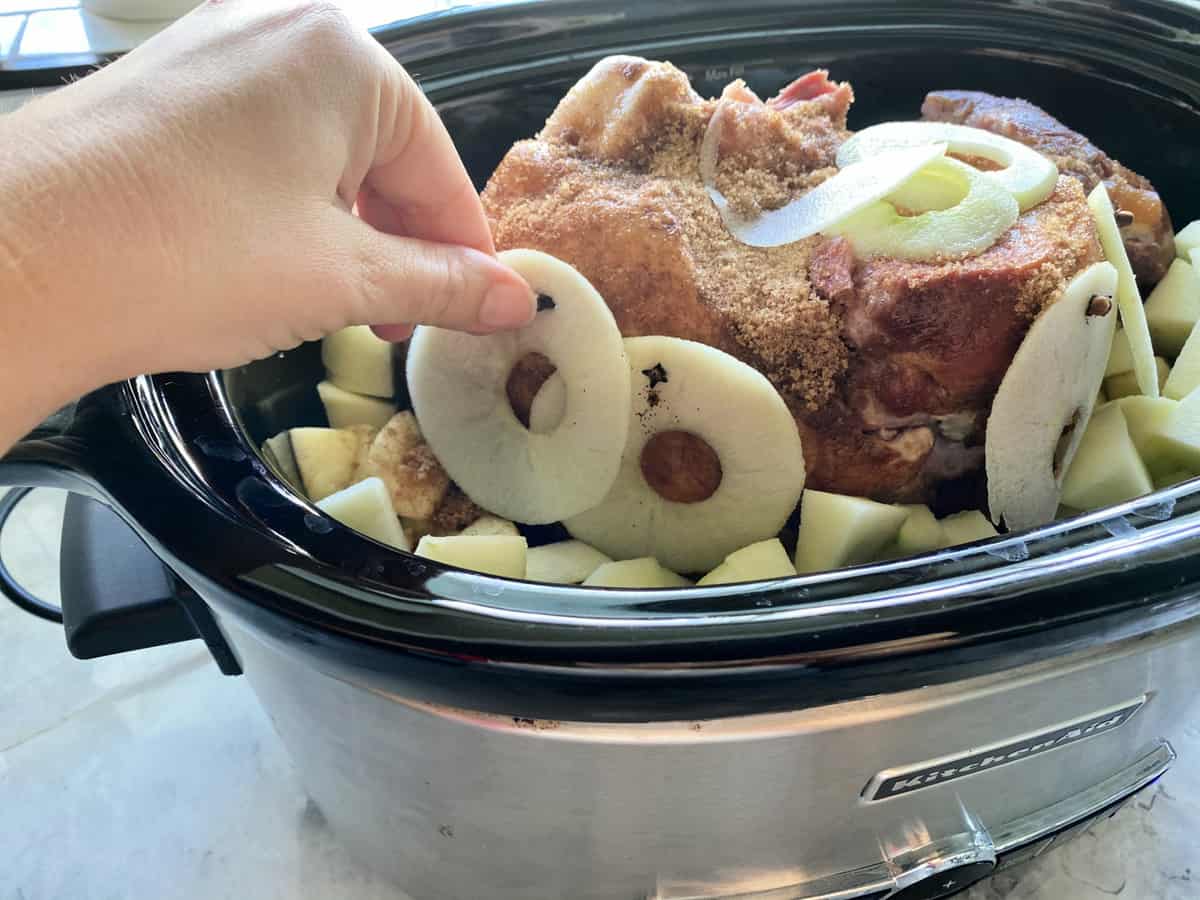



0 thoughts on “How To Store Serrano Ham”